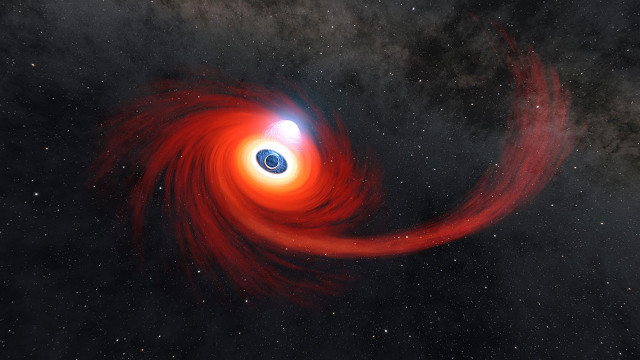
A study of the galaxy ESO 415-19 and its long arms
An image captured by the Hubble Space Telescope shows the galaxy ESO 415-19 and its long arms, making it a decidedly unusual spiral galaxy. It’s a spiral galaxy but was included in the Atlas of Peculiar Galaxies due to the extraordinary extension of its arms. So far, no other traces of the cosmic interaction that caused this anomaly in ESO 415-19 have been found but its peculiarity made it an interesting object of observation with Hubble and other instruments. For publication, photos taken with Hubble’s ACS instrument were combined with others captured with the DECam camera on the Victor M. Blanco telescope.




